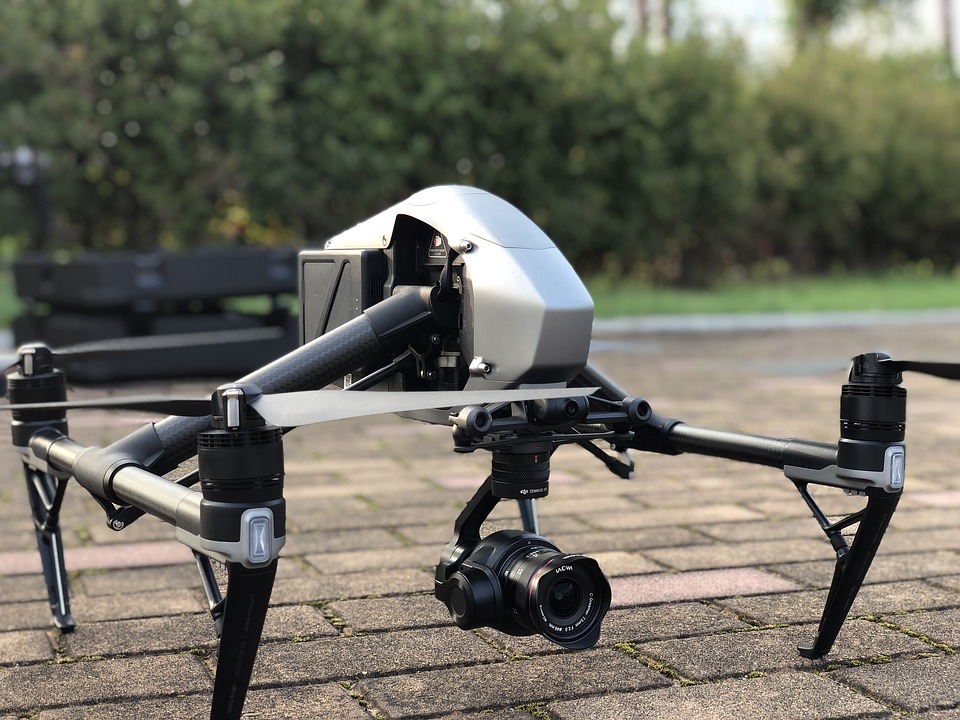Have you ever felt a bit lost when trying to buy a drone?
The drone ecosystem is huge, and at the same time, it’s only in its’s teenage years. The number of brands, models, options, sizes, and additional features and customizability is just staggering. This high complexity of the drone market is precisely what we will address in this lesson.
What is your budget?
First of all, you need to define your budget. You can find drones anywhere in the $10 – $10,000 price range. And this will clearly help you reduce the number of models you need to skim through before finding your dream drone. Obviously, there will be a strong correlation between your drone skills and seniority as a pilot, and the price you will end up paying for your now power-toy.
What about features?
The second topic that is essential to look at is the feature-set. The best advice one can give is that you take a piece of paper ( or your favorite spreadsheet!), and very simply list in columns the features that are essential to you.
For instance:
- Speed
- Camera Quality
- Battery Charge Capacity
Among the feature sets, nine of them are really crucial:
- Drone Weight
- Camera Quality
- GPS
- Steadiness
- Charge Capacity
- Prop Guards
- Maximum Flying Distance
Many of those characteristics will have an impact on each other. For instance, better camera quality and the presence of a sturdier structure will have a direct impact on the battery life, as the weight of the drone will be increased by those extra features.
Battery
An easy choice would first have to be made regarding the energy type. Nowadays, most drones leverage the increasing battery capacity that the Li-MH batteries enable. They are compact, cost effective, and provide a quality DC current while being able to climb the amperes when some power burst is needed to make your drone take off at mind-blowing speeds and reach high Gs during sporty turns if you dogfight with your friend’s drones in the air.
Should you choose the battery based ones, you will be offered the option of non-removable batteries, more classical AA, AAA ones, or even brand-specific ones. This has a direct impact both on the lifespan of your drone, and the cost of its maintenance.
Camera Quality
In terms of camera quality, the available models can range from DVD-like quality, up to stunning 4K high-speed cameras. Some heavyweight drones, dedicated to photography, can easily carry 3kg payloads! Choose a camera that matches your true needs, as the cost of the camera could easily go higher than the cost of the drone itself!
GPS
GPS-enabled drones can easily explore a territory, come back home when their battery is depleted and are truly a technological feat.
If you ever lose your drone, this can also be a nice feature to help you find it in the high tree branches in the middle of the amazonian forests.
Prop Guards
The prop guards are there to protect your drone (and its fragile, high-speed rotating rotors), but also to protect you and your dear ones. Indeed, the rotors, given their very high rotation speeds, are blades and as dangerous as shrapnel, if they get in touch with our delicate skin. It should be noted that those props also help your drone keep its temper should it get it contact with nearby objects or walls.
Flying Distance
Last but not least, the flying distance of your drone is mainly determined by the power of its antenna, and the type of radio frequencies used by your remote control to communicate with it.
Some remote controls use WIFI, but the most powerful, professional ones, use UHF waves, that have a much longer reach in terms of distance.
A very annoying situation can occur if you fly your drone far, and suddenly loose control of it. Indeed, it can simply start flying randomly, high objects, or worse, fall, hit and injure people.
As you probably guessed, very high-end drones will have powerful autopilot, follow and GPS features, are not subject to that kind of shortcomings. Should they lose contact with their base station, they can quietly land on a safe area, broadcast their position, and avoid any surrounding objects, thus avoiding you very costly drone-repair and legal operations.
